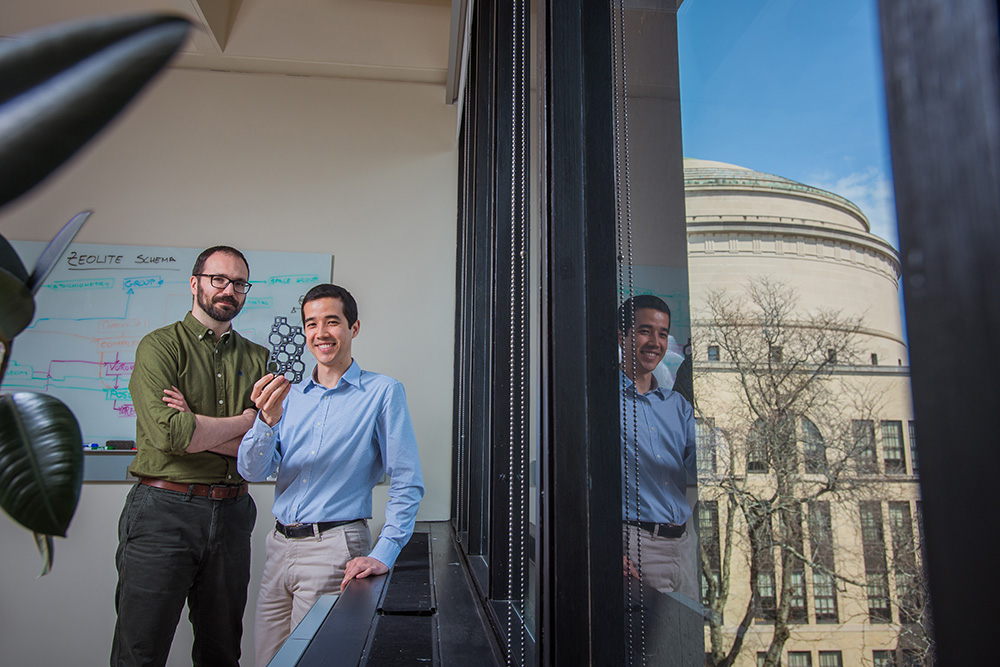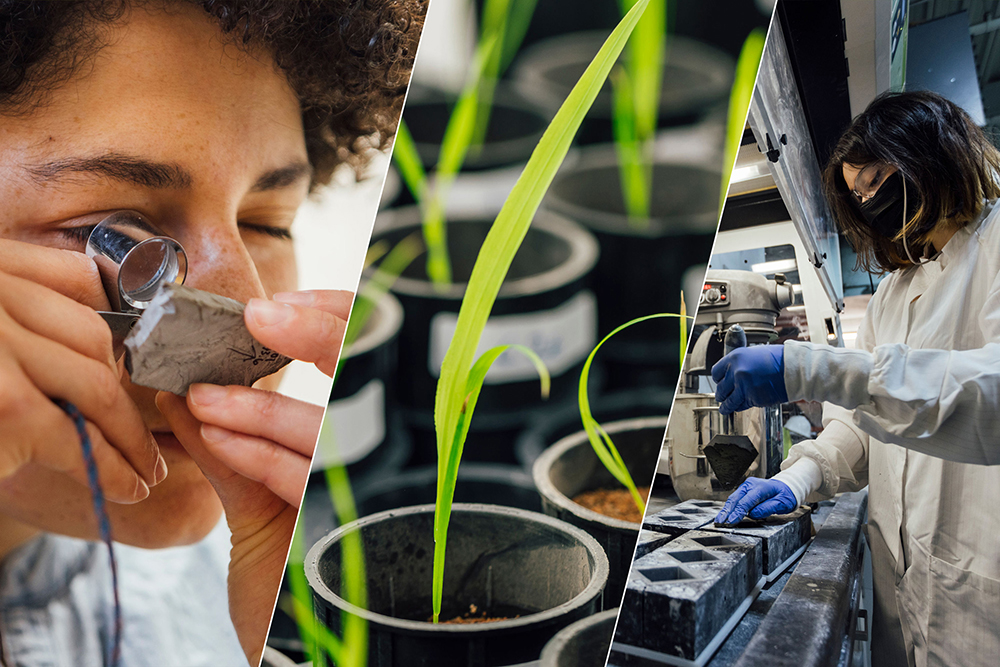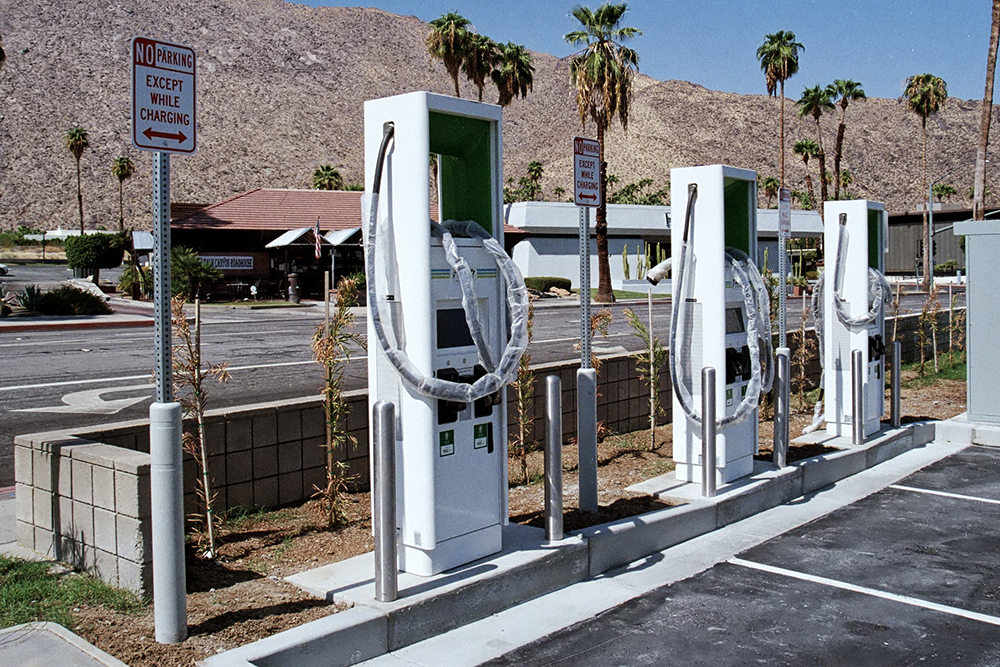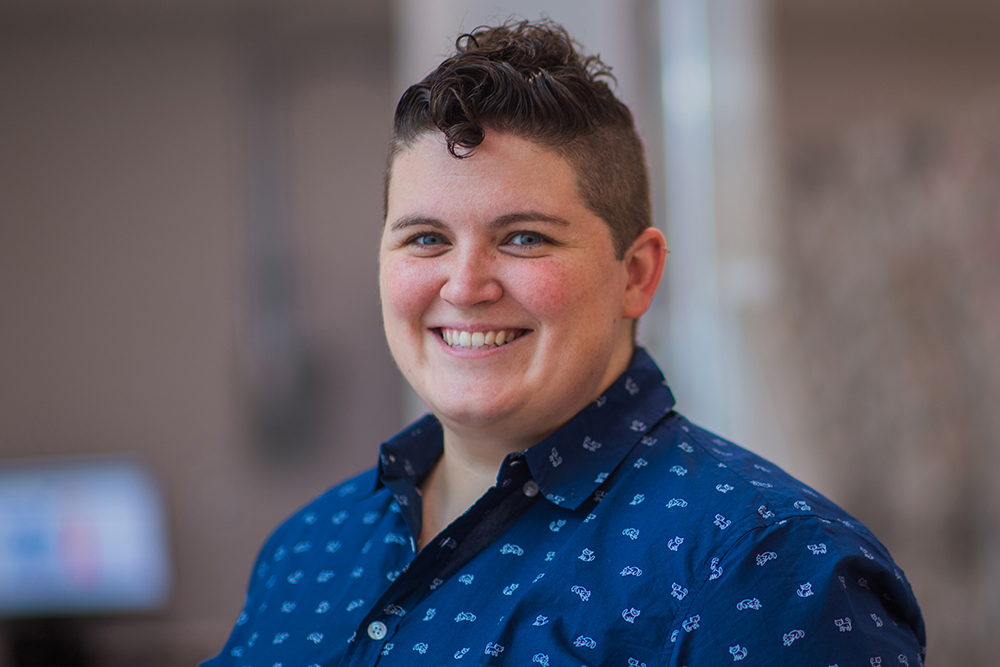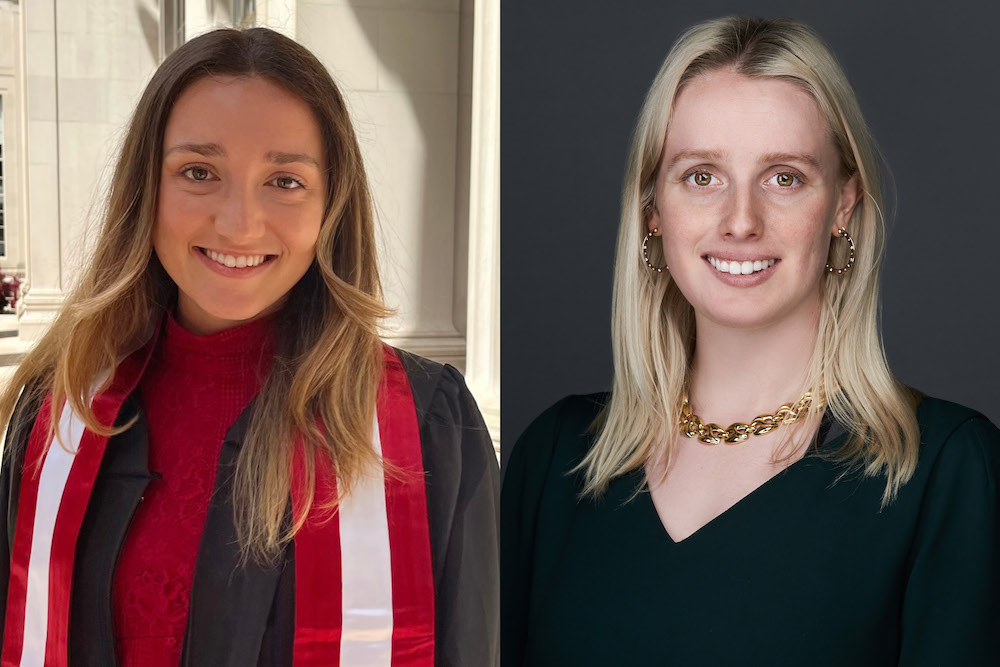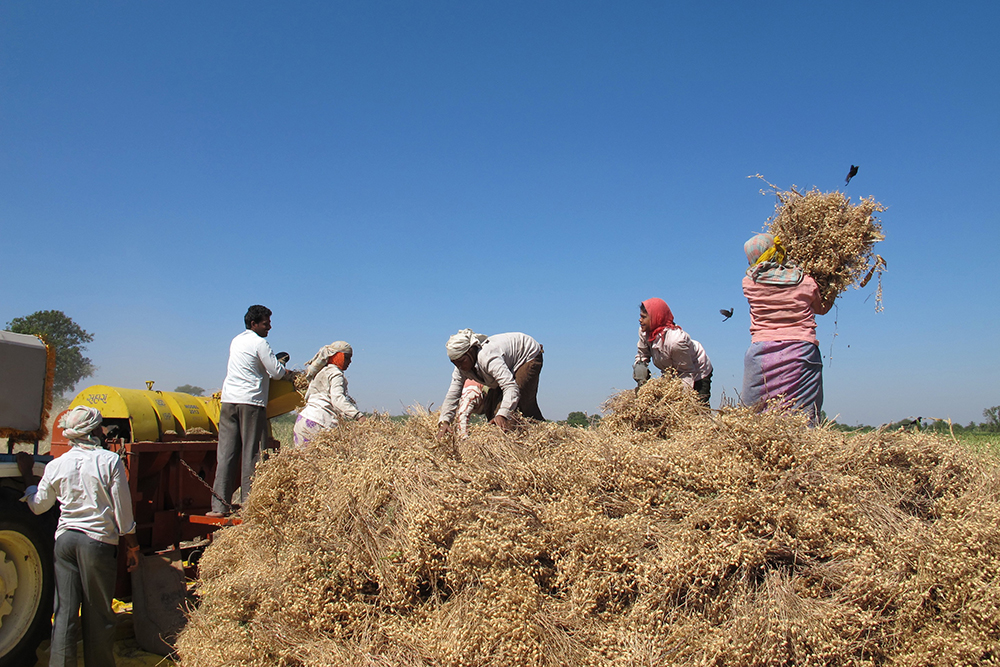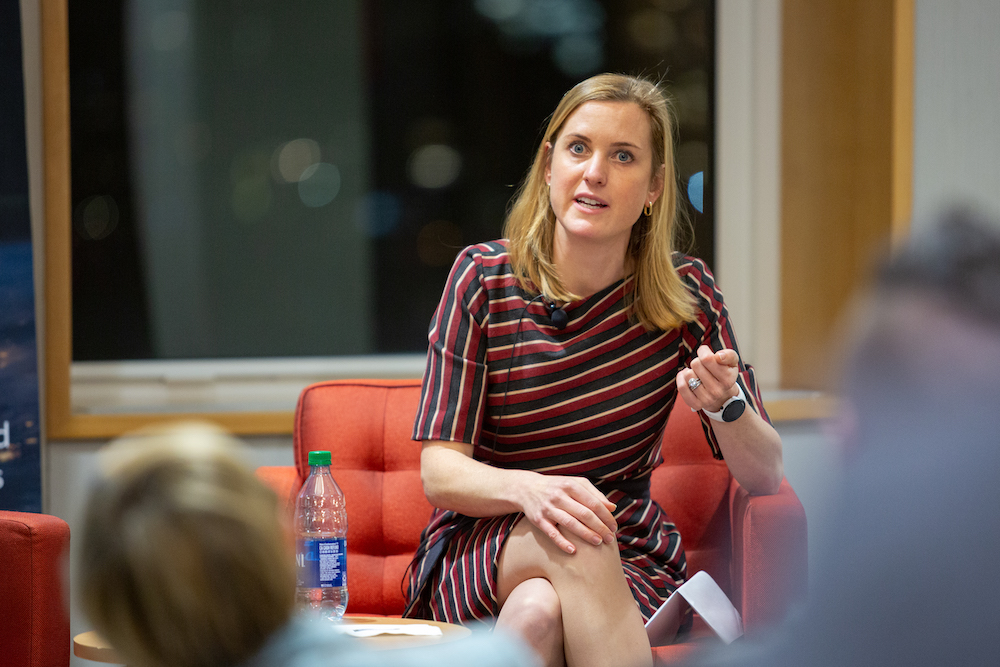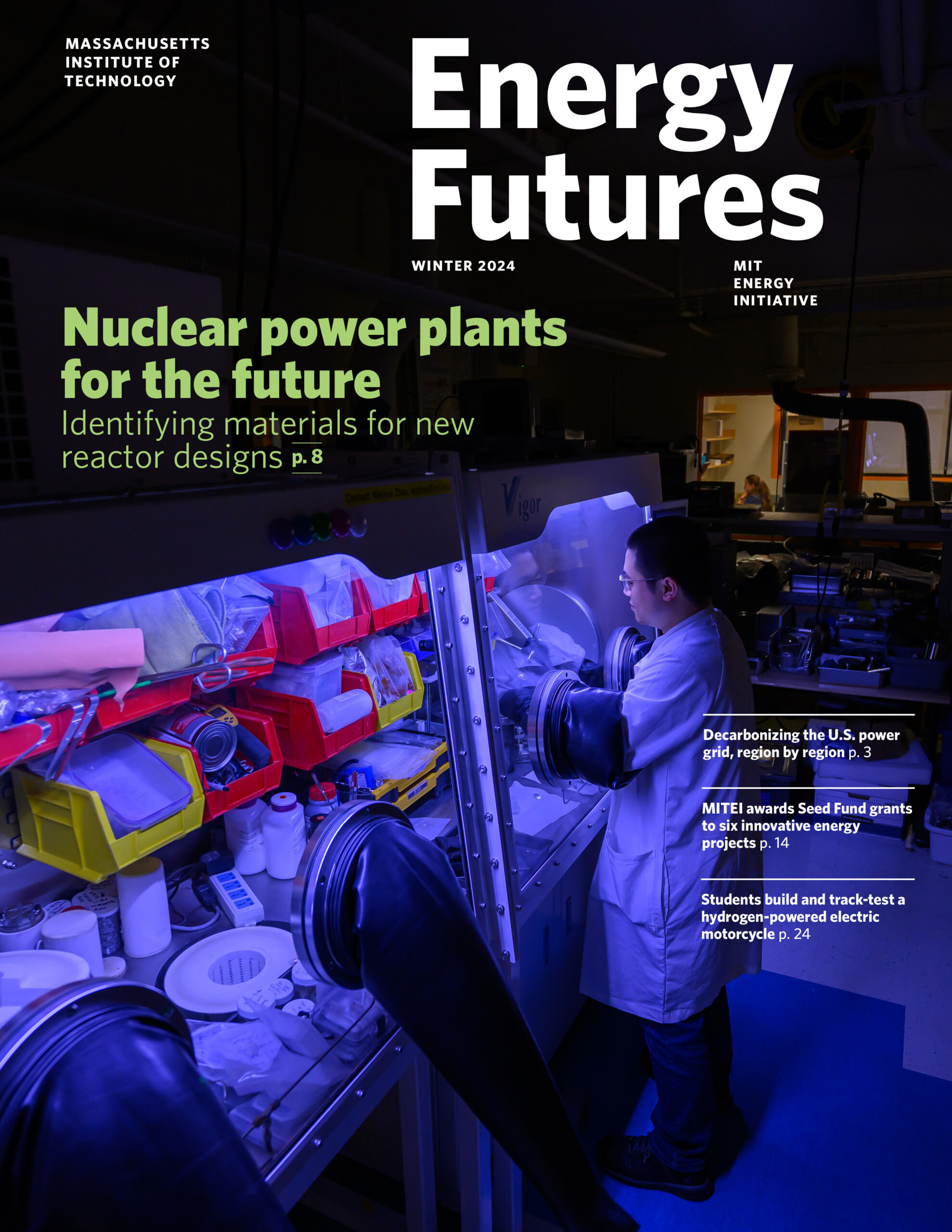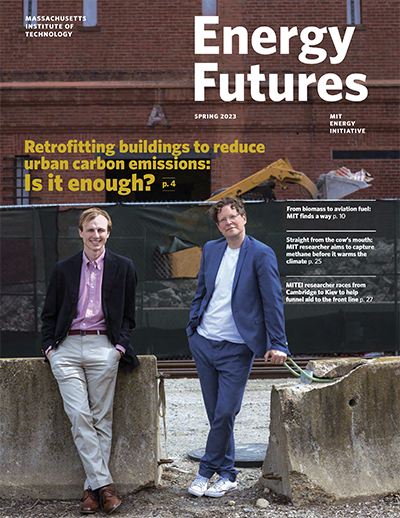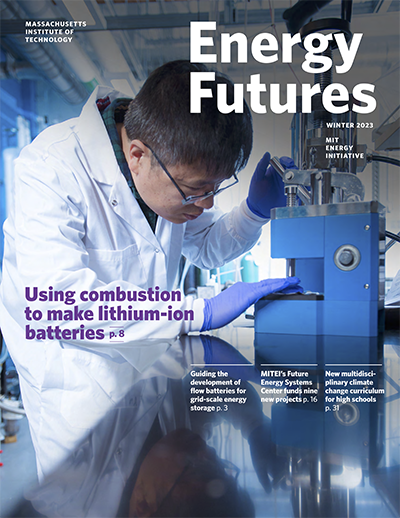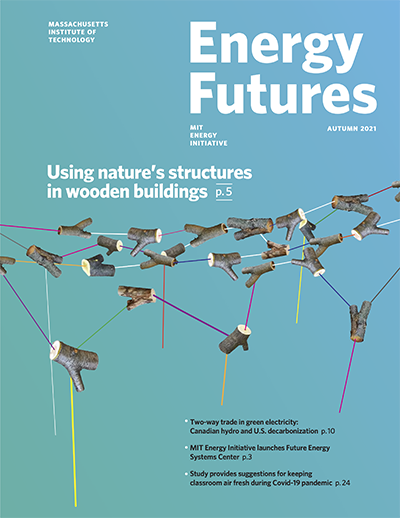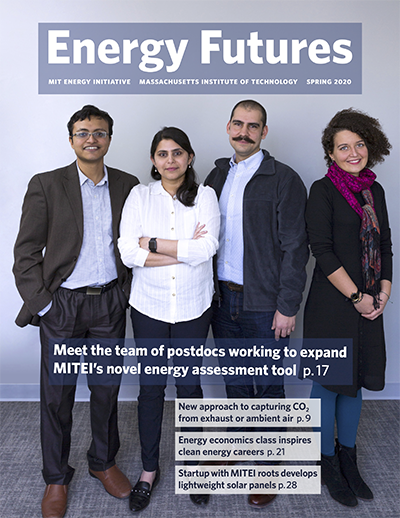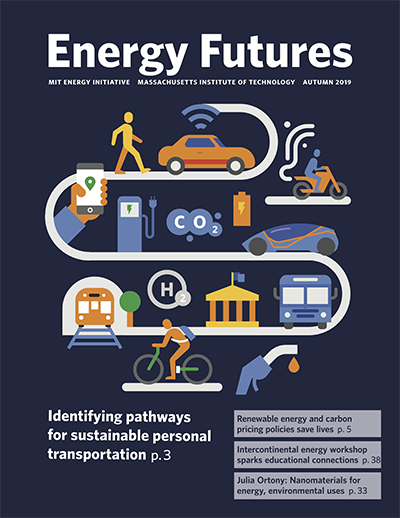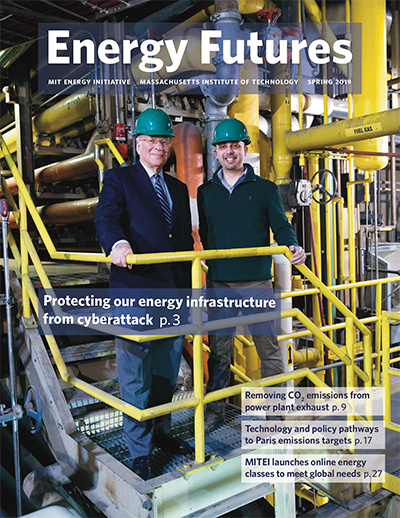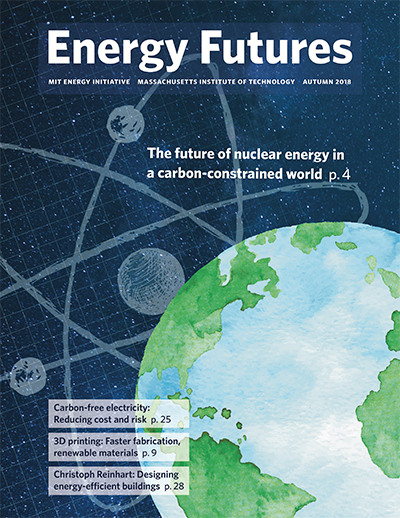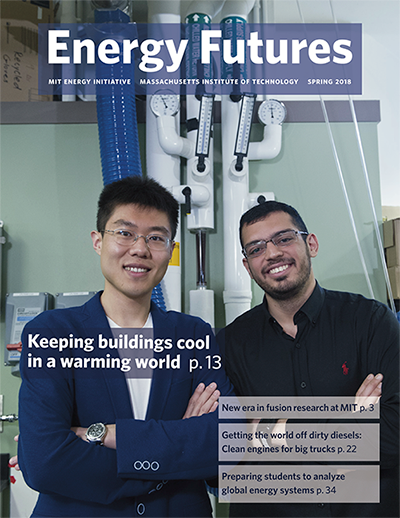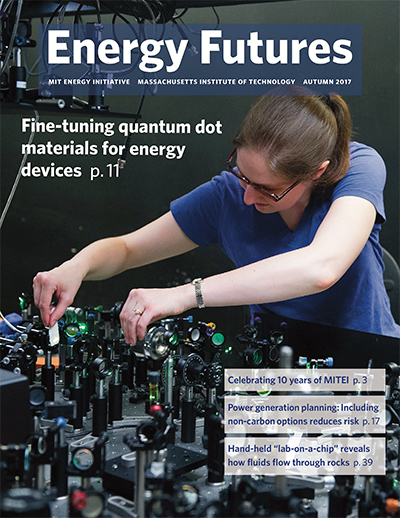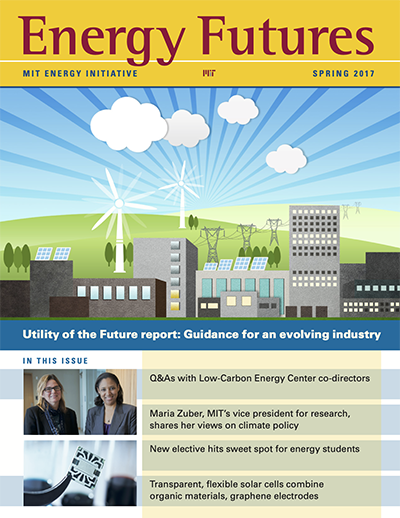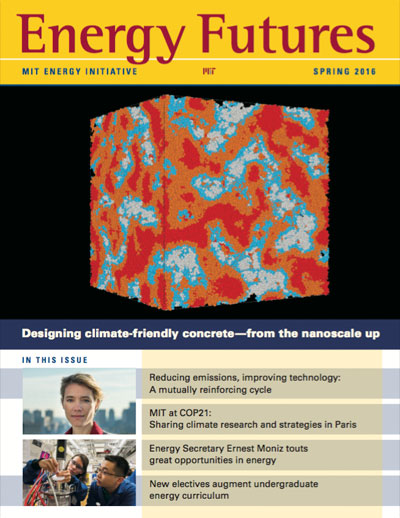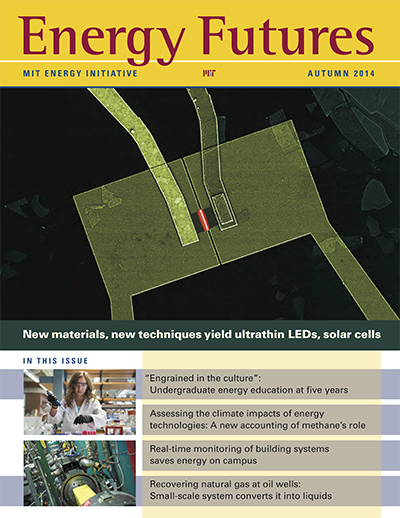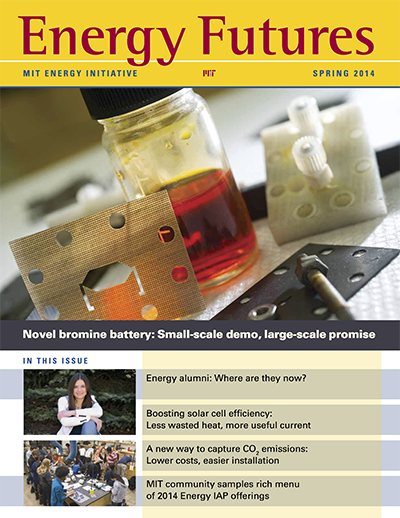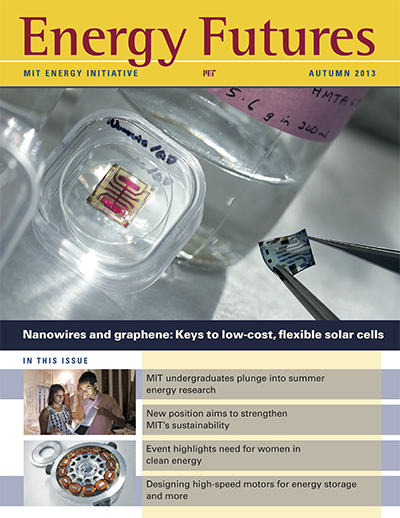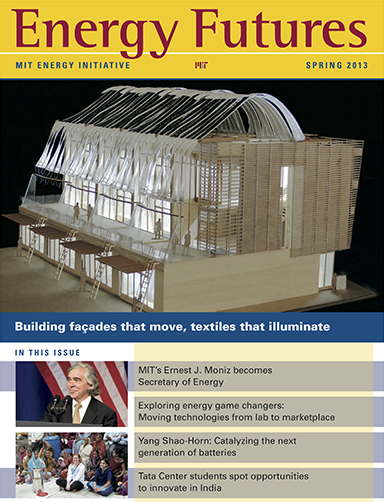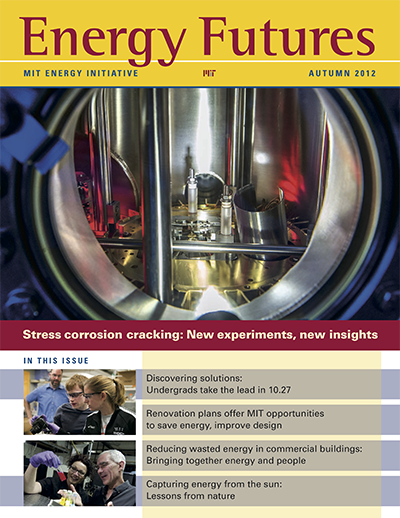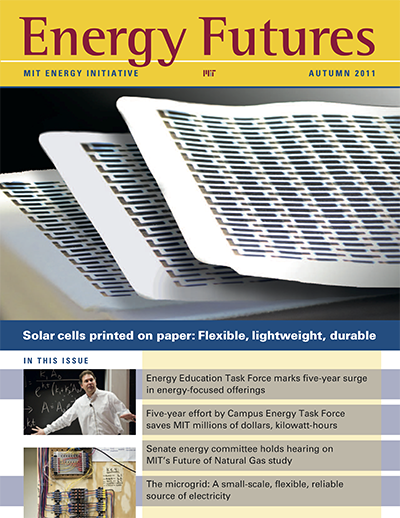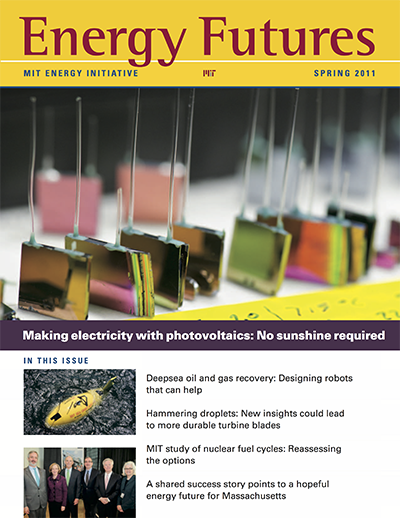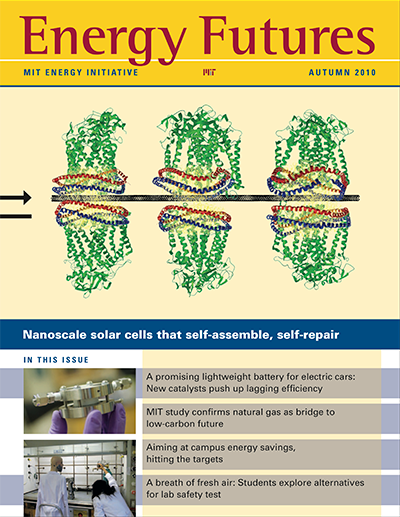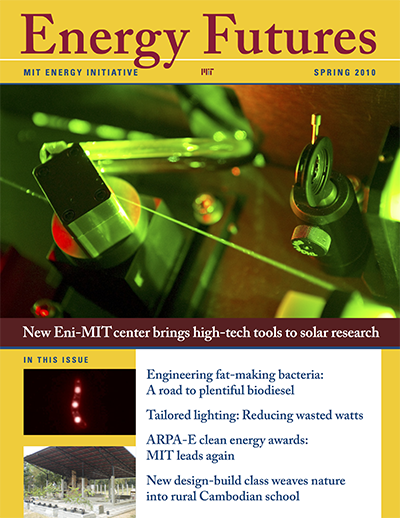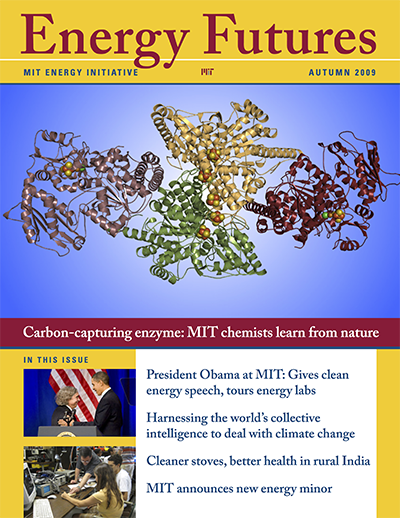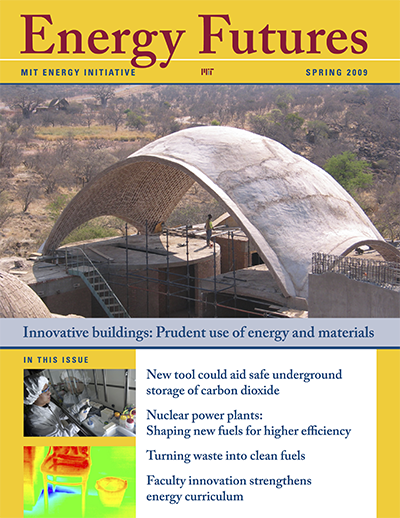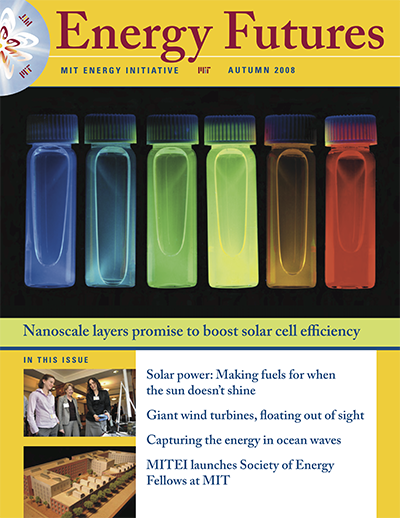Letter from the director
Dear friends,
Welcome to Energy Futures!
In this edition we look at our recently published report, The Future of Energy Storage, the ninth in MITEI’s “Future of” series. The report details how energy storage can play a major role in removing greenhouse gases from our energy systems and meeting the world’s energy needs. As we bring more wind and solar energy into our electricity systems, energy storage complements these sources of variable renewable energy, allowing us to keep electricity flowing when the sun is behind the clouds and the wind is not blowing. After more than three years of research into energy storage technologies and policies, the study team not only demonstrates that developing and deploying new energy storage technologies is key to achieving a deeply decarbonized electric power system that is both reliable and affordable but also describes the types and amounts of storage technologies needed in different parts of the United States and the world.
MIT recently announced five flagship projects in its Climate Grand Challenges competition. These multiyear efforts—a key element of “Fast Forward: MIT’s Climate Action Plan for the Decade”—present a powerful research agenda. The projects seek to solve some of the world’s most vexing climate problems by pursuing impactful, science-based solutions with speed and vigor. The flagships represent the most promising ideas from the two-year competition. MIT and others will provide ongoing support to these projects to develop their ideas and bring them quickly to scale.
One flagship project of particular interest to MITEI is led by Professors Yet-Ming Chiang and Bilge Yildiz. With their team, they plan to create an innovation hub on campus to investigate the decarbonization of four hard-to-abate industries: steel, cement, ammonia, and ethylene.
As always, Energy Futures includes reports on some of the most dynamic energy-related research on the MIT campus. You will read about researchers who have developed a new technique for creating porous materials called zeolites specially designed to capture certain molecules, removing them from an incoming stream or trapping them to catalyze a chemical reaction. The team has posted an interactive website to help others in the field explore and discover promising new zeolites, some of which could greatly help efforts to decarbonize energy and the chemical industry.
You will read about work led by Christopher Knittel, MITEI’s deputy director for policy, on the economic impacts of a carbon tax to address climate change. The results show that minor adjustments in the distribution of revenues from the tax can make its impacts equitable. You can also read about a new way to speed up a chemical reaction that is key to converting captured carbon dioxide emissions into useful, valuable products; a new technique for removing dust from the surface of solar panels without using water—especially valuable in arid regions of the world; and use of an exciting new modeling strategy to explore global development pathways to keep the earth’s warming well below two degrees Celsius.
Other articles in this issue demonstrate MITEI’s continuing commitment to education. For example, read about a new course called “Leading the Energy Transition,” offered during January’s Independent Activities Period. The course explores the economic, social, and political challenges of low-carbon mandates. Find out about another new course, Decarbonizing Urban Mobility, where students confront the challenges of decarbonizing the transportation sector, which is responsible for nearly a quarter of all energy-related carbon dioxide emissions worldwide.
We also like to highlight the work of our current and former students. Joy Dunn ’08 is now head of operations at Commonwealth Fusion Systems (CFS), an MIT spinoff and MITEI Startup Member company. Joy’s career story is truly inspiring: She is helping CFS pursue carbon-free fusion energy while committing herself and CFS to diversity, equity, and inclusion. Hers is just one of many stories that give us hope as we race to remove greenhouse gas emissions from our economy.
Hoping you enjoy Energy Futures,

Professor Robert C. Armstrong
MITEI Director
